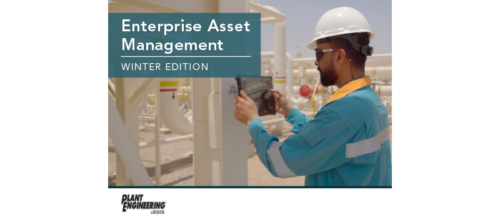Driving the point across: Break-fix isn’t a strategy
My car provides basic transportation, which is all I really ask of it. It is pleasant enough to drive. It gets reasonably good gas mileage. It has needed minimal major repairs. It has had very little unscheduled downtime – that accident a few years back being the prime culprit. I have managed to successfully coax my car through six Chicago winters.
My car provides basic transportation, which is all I really ask of it. It is pleasant enough to drive. It gets reasonably good gas mileage. It has needed minimal major repairs. It has had very little unscheduled downtime — that accident a few years back being the prime culprit.
I have managed to successfully coax my car through six Chicago winters. Now that it’s August, the decision faces me again — do I dip into my capital improvement budget for a newer model, or perform the scheduled maintenance needed to secure another year of service?
In the interim, though, I have to keep changing the oil and keeping the car running well. Running the car into the ground isn’t an option.
It shouldn’t be an option on the plant floor, either, but that message is slow in getting out. Plant Engineering participated in a study with the Aberdeen Group, as readers discussed how Enterprise Asset Management can maximize the return on equipment. Some of the basic findings:
-
Best-in-class manufacturers are 50% more likely to standardize asset management and reliability processes across the enterprise
-
Best-in-class manufacturers are three times more likely to focus on condition- and Reliability-Centered Maintenance by establishing continuous improvement teams.
-
One of the key recommendations from the Aberdeen Group/Plant Engineering study was this one — and don’t stop me even if you’ve heard this before: “Move from a break-fix maintenance approach to a more predictive approach by adopting advanced capabilities such as RCM.”
Costs in every manufacturing facility are on the rise from factors we cannot easily control — from regulatory requirements to the price of oil on the open market. Why are we so reluctant to deal with the costs we can control?
Maintenance isn’t easy. It takes a plan. It takes commitment. It takes a clear understanding of the costs and benefits — even if some of the costs involve taking one of your production lines off-line for two hours to ensure that it runs smoothly the rest of the time. Some managers measure only the cost of those two hours of downtime. Best-in-class managers, as the study shows, know better. They know when something breaks beyond repair, it will cost far more than those two hours to put things right again.
Smart manufacturers already get one more season out of their equipment through a solid maintenance program. They do it season after season. They’ve started long before it became a business imperative. They know that break-fix isn’t a strategy, as much as it is a plan for disaster.
They probably take good care of their cars, too.
Do you have experience and expertise with the topics mentioned in this content? You should consider contributing to our CFE Media editorial team and getting the recognition you and your company deserve. Click here to start this process.



